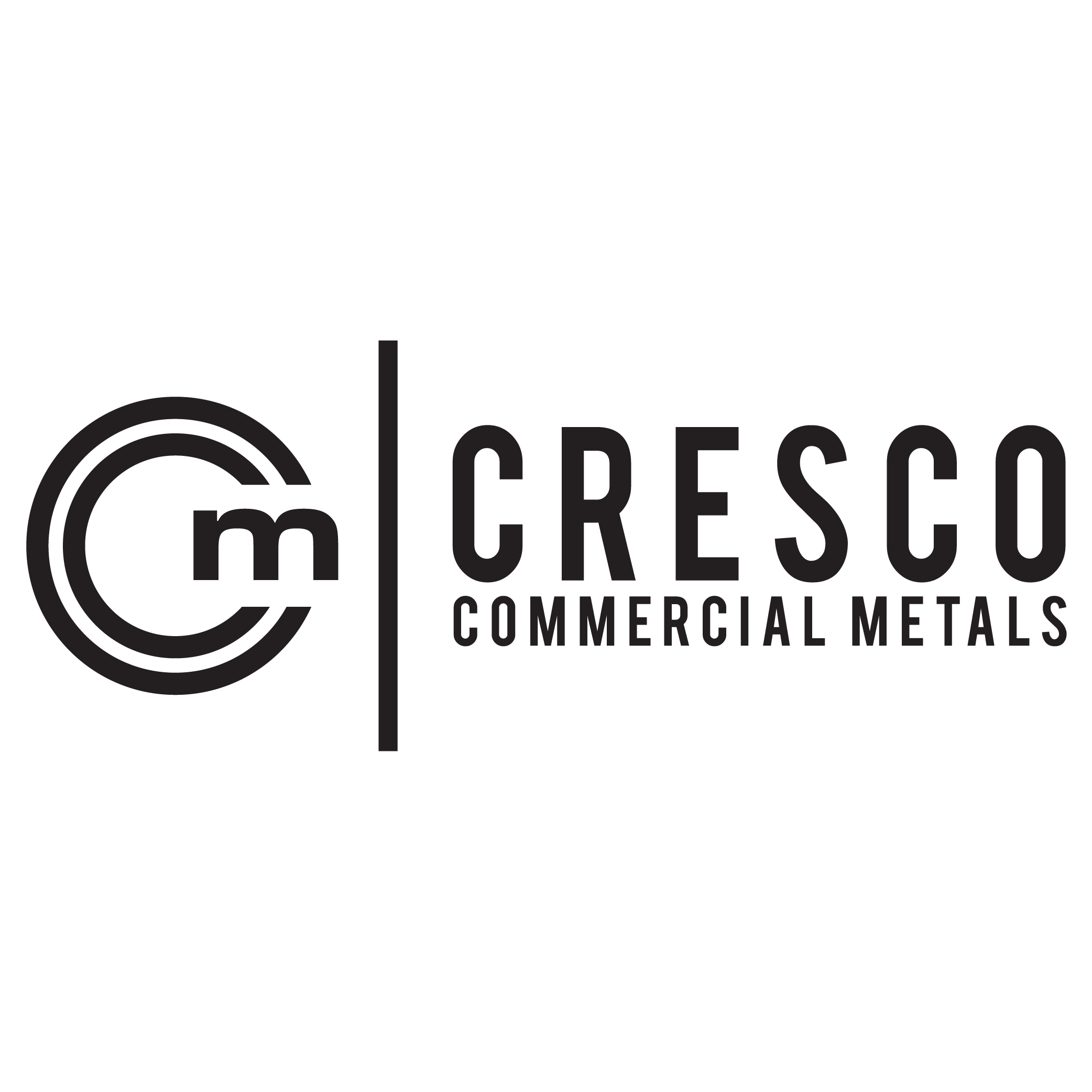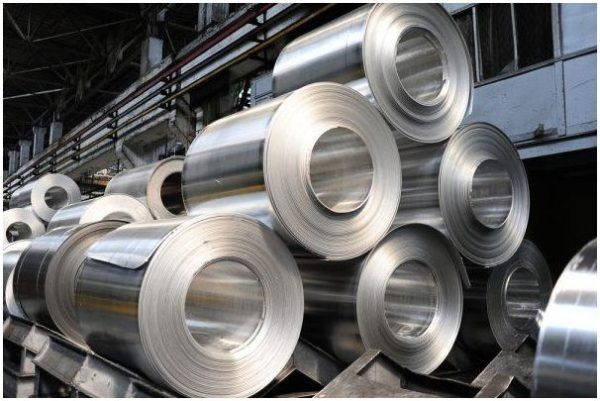In the domain of heavy metal fabrication, creativity, productivity and accuracy are essential. Laser cutting takes the role of a game-changer among the cutting-edge technologies that have restructured the industry. This cutting-edge process provides unmatched precision, speed, and flexibility, making it important for creating intricate metal parts.
Laser cutting technology delivers the efficiency and accuracy required to satisfy the needs of modern industry, whether you’re manufacturing parts for heavy machinery, automobiles, aircraft, or construction. In this blog, we’ll examine the benefits of laser cutting, its application in heavy metal fabrication, and why fabricators worldwide prefer it.
What Is Laser Cutting?
Laser cutting is a kind\ of thermal cutting that produces precise cuts by melting, burning, or vaporizing material with an intense, powerful laser beam. Computer numerical control (CNC) systems operate the process, guaranteeing high precision and consistency.
Laser cutting is specifically effective for heavy metal manufacturing because it can cut through dense and thick materials like stainless steel, aluminum, and carbon steel with exclusive precision.
Advantages of Laser Cutting in Heavy Metal Fabrication
- Unmatched Precision
Even with complex geometry, laser cutting enables precise cuts and detailed designs. In sectors where precision is essential, the intense laser beam’s ability to attain tolerances within millimeters is important.
- Speed and Efficiency
Laser cutting is particularly faster than conventional cutting technologies. Even with mass volumes or custom metal fabrication, it shortens manufacturing times and enables speedy project improvement.
- Versatility
Because of its flexibility, laser cutting may be utilized on different of materials and thicknesses. It continuously produces results without compromising quality, whether for thin sheets or sturdy metal plates.
- Reduced Material Waste
Laser cutting’s accuracy eliminates material waste. Each inch of material is used effectively due to its tight nesting abilities, which decreases costs and encourages sustainability by placing cut patterns on a sheet in an efficient manner.
- Clean Cuts with Minimal Finishing
Post-processing is less required when laser cutting creates sharp edges with minimal to no burring. In heavy metal fabrication, where secondary finishing functions can be costly and time-consuming, this is specifically advantageous.
- Automation and Integration
The smooth transformation from design to production is made possible by the infusion of CAD/CAM software with modern laser cutting technologies. Automation enhances productivity and decreases human error, especially in large-scale manufacturing.
Applications of Laser Cutting in Heavy Metal Fabrication
- Construction and Infrastructure
Laser cutting is regularly utilized for building plans to create beams, panels, and other structural components. Building and bridge safety and structural accuracy are determined by the capability to cut thick steel precisely.
- Automotive and Aerospace
Strong yet trivial components are important in the automobile and aerospace sectors. High-precision manufacturing of complex parts, such as engine parts, frameworks, and aircraft panels, is made possible by laser cutting.
- Heavy Machinery
When creating large machinery, cutting sturdy, thick metal elements is a common requirement. The precision and strength required for parts like gears, conveyor systems and machine frames are provided by laser cutting.
- Energy and Power Generation
Laser cutting is important for creating energy and power generation parts, from oil rigs to wind turbines. Its uniqueness guarantees that parts fit precisely, increasing productivity and decreasing downtime.
- Shipbuilding
In shipbuilding, laser cutting technique creates huge, heavy-duty metal sections with minimal falsification. This method assures a tight fit, enhancing the durability and performance of ships.
How Laser Cutting Compares to Other Methods
Laser cutting has distinct advantages over traditional methods like plasma, waterjet, and mechanical sawing.
- Plasma Cutting: Plasma cutting goes well for thicker metals, but it lacks the accuracy and crisp edges that lasers offer.
- Waterjet Cutting: For many heavy metal fabrication applications, waterjet cutting is slower and less economical despite its versatility.
- Mechanical Sawing: This traditional approach is less prominent for contemporary applications since it has trouble with intricate designs and complicated shapes.
Innovations in Laser Cutting Technology
The laser cutting sector continues to evolve, with innovations like fiber lasers and hybrid systems pushing the boundaries of what’s possible.
Fiber Lasers
Fibre lasers outpace conventional CO2 lasers in terms of speed and energy efficiency. They are becoming the favorable choice for heavy metal manufacturing because of their enhanced precision in cutting heavier metals.
3D Laser Cutting
3D laser cutting allows fabricators to cut metal parts with complex contours and shapes, expanding the possibilities for innovative designs.
Advanced CNC Systems
Artificial intelligence (AI) and machine learning (ML) are combined into modern CNC systems to increse cutting pathways, increase accuracy, and boost overall productivity.
Challenges and Considerations
While laser cutting offers numerous benefits, there are challenges to consider:
- Initial Investment: Laser cutting systems can be expensive, though their efficiency and long-term cost savings often justify the investment.
- Material Limitations: While laser cutting handles most metals well, highly reflective materials like copper can pose challenges without specialized equipment.
- Operator Skill: Though largely automated, laser cutting requires skilled operators to manage programming and maintenance.
FAQs
Q1: What metals can be cut using laser cutting?
Stainless steel, aluminium, carbon steel, titanium, and reflective materials like copper and brass may all be cut with lasers with great success with specialised equipment.
Q2: How thick can a laser cutter cut metal?
The material and laser type determine the thickness. While CO2 lasers are typically employed for thinner materials, fibre lasers can cut metals up to 30 mm thick.
Q3: Is laser cutting cost-effective for large-scale projects?
Indeed, laser cutting is very cost-effective for large-scale projects since it minimises post-processing, cuts down on material waste, and speeds up production.
Q4: What industries benefit the most from laser cutting?
For accurate and effective manufacturing, industries like construction, automotive, aerospace, heavy machinery, and energy mostly depend on laser cutting.
Cresco provides state-of-the-art laser cutting solutions that are customised to meet your needs if you’re searching for accuracy and dependability in heavy metal production. Get in touch with us now to find out more!


